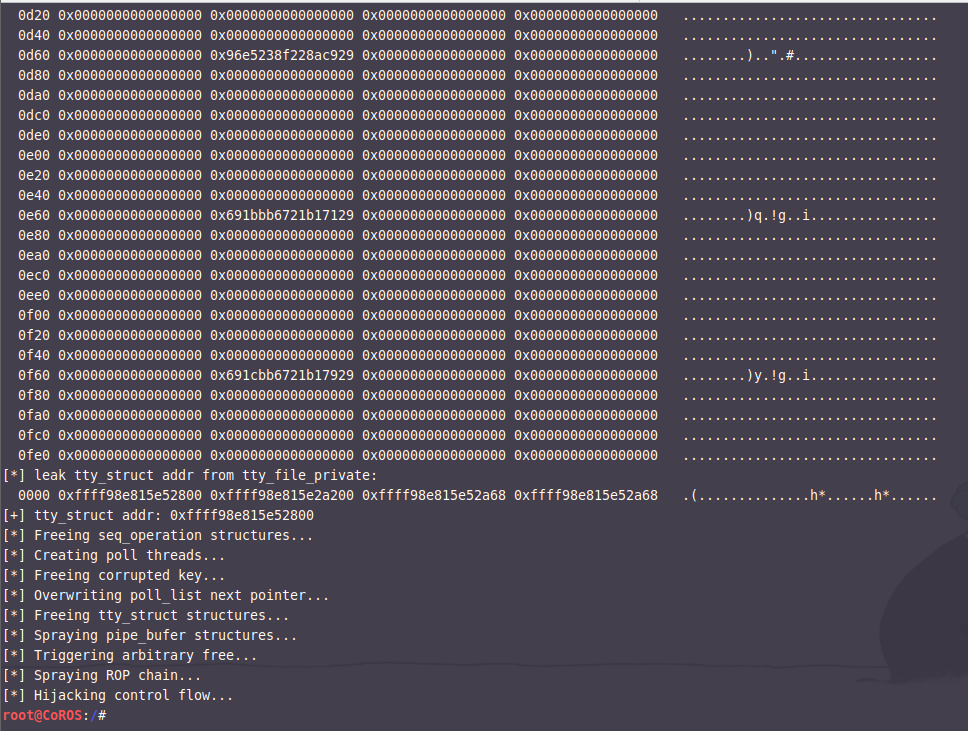本文目录
- 1 中文题目
- 2 求解方法:
- 2.1 方法思路
- 2.2 Python代码
- 2.3 复杂度分析
- 3 题目总结
1 中文题目
给定一个候选人数字编号的集合 candidates 和一个目标数 target ,找出 candidates 中所有可以使数字编号和为 target 的组合。
candidates 中的每个数字在每个组合中只能使用 一次 。
注意:解集不能包含重复的组合
示例:
输入: candidates = [10,1,2,7,6,1,5], target = 8,
输出:
[[1,1,6],
[1,2,5],
[1,7],
[2,6]]
输入: candidates = [2,5,2,1,2], target = 5,
输出:
[[1,2,2],
[5]]
提示:
2 求解方法:
2.1 方法思路
方法核心
- 使用回溯法搜索所有可能的组合
- 通过排序实现剪枝和去重
- 在同一层跳过重复元素
实现步骤
(1)预处理阶段:
- 对输入数组排序
- 初始化结果列表
- 定义回溯函数
(2)回溯搜索过程:
- 维护当前路径
- 记录剩余目标值
- 控制搜索起始位置
- 处理重复元素
(3)去重处理:
- 同层重复元素跳过
- 不同层允许相同值
- 确保组合唯一性
方法示例
输入示例:candidates = [10,1,2,7,6,1,5], target = 8
执行过程:
1. 首先排序:[1,1,2,5,6,7,10]
2. 回溯搜索过程:
第一层(从索引0开始):
- 选择1(索引0):[1], target=7
第二层(从索引1开始):
- 选择1(索引1):[1,1], target=6
第三层:[1,1,2], target=4
第三层:[1,1,5], target=1
- 跳过1(重复)
- 选择2:[1,2], target=5
第三层:[1,2,5], target=0 (找到解)
- 选择5:[1,5], target=2
第三层:[1,5,2], target=0 (找到解)
- 选择6:[1,6], target=1
- 选择7:[1,7], target=0 (找到解)
- 跳过1(索引1,重复)
- 选择2(索引2):[2], target=6
第二层:[2,5], target=1
第二层:[2,6], target=0 (找到解)
- 选择5(索引3):[5], target=3
第二层:[5,2], target=1
第二层:[5,3], target=0
- 选择6(索引4):[6], target=2
- 选择7(索引5):[7], target=1
- 选择10(索引6):剪枝
最终结果:[[1,1,6], [1,2,5], [1,7], [2,6]]
2.2 Python代码
class Solution:
def combinationSum2(self, candidates: List[int], target: int) -> List[List[int]]:
# 首先对数组排序,便于后续剪枝和去重
candidates.sort()
# 存储最终结果
result = []
def backtrack(start: int, target: int, path: List[int]) -> None:
"""
回溯函数
start: 搜索的起始位置
target: 剩余目标值
path: 当前路径
"""
# 找到一个合法解
if target == 0:
result.append(path[:])
return
# 从start开始搜索
for i in range(start, len(candidates)):
# 剪枝:如果当前数字大于目标值,后面的数字更大,直接结束
if candidates[i] > target:
break
# 去重:跳过重复元素,确保每个数字在同一层只被使用一次
if i > start and candidates[i] == candidates[i-1]:
continue
# 选择当前数字,加入路径
path.append(candidates[i])
# 递归:注意起始位置是i+1,因为每个数字只能使用一次
backtrack(i + 1, target - candidates[i], path)
# 回溯:移除当前数字
path.pop()
# 从位置0开始回溯搜索
backtrack(0, target, [])
return result
2.3 复杂度分析
- 时间复杂度:
O
(
2
n
)
O(2^n)
O(2n),
n是candidates的长度- 每个元素都有选择和不选择两种状态
- 实际复杂度因剪枝优化会降低
- 空间复杂度:
O
(
n
)
O(n)
O(n)
- 递归调用栈的深度最大为
n
- 递归调用栈的深度最大为
3 题目总结
题目难度:中等
数据结构:数组
应用算法:回溯



















